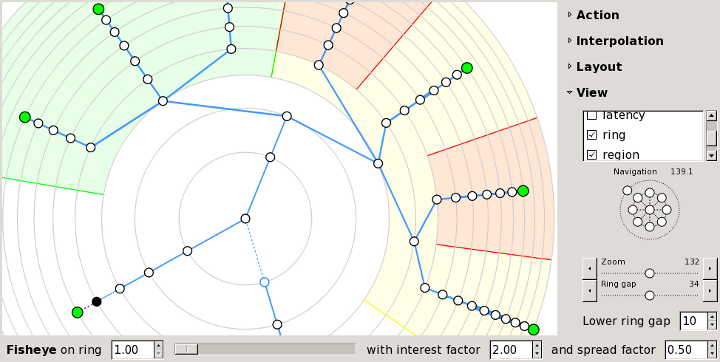120
« on: September 01, 2008, 09:24:35 pm »
Siemens Enterprise Communications introduced the OpenScape Contact Center, a comprehensive voice, unified communications and customer interaction software solution designed to work with virtually any existing telephony environment. It is based on Siemens’ innovative new unified communications software foundation, OpenScape Unified Communications (UC) Server, which removes the artificial legacy barriers between today’s traditionally separate voice, video and unified communications systems to enable a comprehensive suite of UC applications.
The OpenScape Contact Center offering builds on the presence-enabled HiPath ProCenter Enterprise contact center application to provide a platform to enhance customer interactions across multiple segments of an enterprise, on virtually any existing communication or network infrastructure. Coupled with the OpenScape Voice Application, this robust solution supports environments of up to 7,500 active agents and includes optional voice and contact center server redundancy with automated fail-over to help ensure availability of mission critical customer interaction systems.
Leveraging the OpenScape UC Server foundation, it can provide agents with an aggregated, unified desktop client view of all contact center personnel and enterprise users’ presence and availability. This enables agents to specifically address urgent, complex, or sensitive customer interactions requiring escalation beyond the contact center and drives up first contact resolution by tapping the knowledge and expertise across the enterprise in real-time.
The OpenScape Contact Center also addresses the traditional limitations of the hardware intensive site-based contact center by migrating to SIP and providing the new OpenScape UC Application, Personal Edition, soft phone and productivity desktop for each agent. This SIP-based contact center virtualization capability makes every agent a UC user, while enabling agents to work in any location equipped with just headsets and minimally configured desktops. This easy, software-based expansion of ‘on-demand’ agents offers enterprises dramatic opportunities to leverage their distributed resources across multiple sites, branch offices, remote or home-based locations with secure IP network access.
Also announced today, the new IP-based Voice Portal application complements the OpenScape UC Server and adds to Siemens’ already robust offering by delivering a comprehensive, natural speech enabled self-service solution. The open standards-based Voice Portal solution can help enhance the experience of customers calling in to a contact center by providing enhanced self-service options as well as seamless integration with the contact center routing engine and virtual agents. It can help improve the opportunity to resolve issues on the first call while optimizing the use of agents and technology.
“The OpenScape Contact Center solution is further evidence of Siemens’ ongoing transformation into a software-oriented company and is an important piece of the OpenScape UC Server platform,” said Al Baker, Vice President Global CRM/CI Solutions, Siemens Enterpise Communications. “This solution rounds out Siemens’ suite of UC applications by delivering a comprehensive, robust offering that demonstrates the value of Open Communications in customer interactions.”
Computacenter, an IT service & solution provider that recently migrated its contact centre service to the OpenScape Contact Center, saw the new solution as a means to help achieve their stated goals as a multi-national service provider. “We saw this as a way to increase our scalability, flexibility and resiliency. We are vitalizing operations across multiple European and offshore locations using a highly scalable and more cost effective software deployment model. We are looking to expand our presence and collaboration capabilities into the virtualized enterprise,” said Gavin McLachlan, UK IS director at Computacenter.
The OpenScape Contact Center packaged offering, which includes the OpenScape UC Server, OpenScape Voice, HiPath ProCenter Enterprise, and OpenScape UC Application, Personal Editions, will be generally available June 30, 2008. The package starts at €31,500 for 100 voice users, 10 agents and 1 manager. The new Voice Portal solution is currently available, with pricing based on customer configuration starting at €23,070 based a 48-port configuration.


